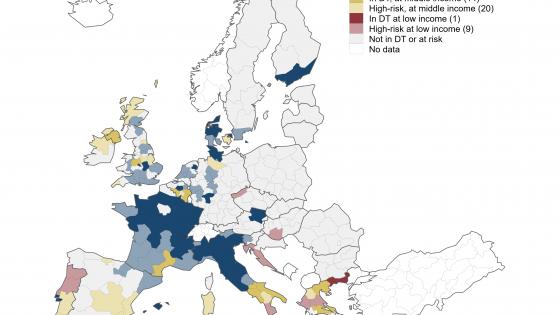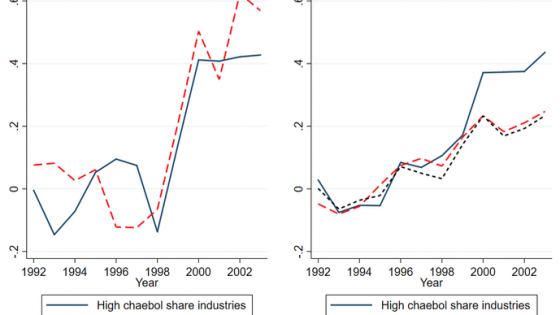DP10989 Re-examining the Middle Income Trap Hypothesis: What to Reject and What to Revive?
Do middle-income countries face difficult challenges producing consistent growth? Using transition matrix analysis, we can easily reject any unconditional notion of a ?middle-income trap? in the data. However, countries have different fundamentals and policies. Using a non-parametric classification technique, we search for variables that separate fast- and slow-growing countries. For middle-income countries, a relatively large working age population, sex ratio imbalance, macroeconomic stability, and financial development appear to be the key discriminatory variables. We do the same exercise for low-income countries. This framework yields conditions under which countries in the low- and middle-income ranges are trapped or even move backward.


